Krause Gateway Center

-
ClientKrause Group
-
SQ. FT.160,000
-
Budget$151,000,000
-
Market
-
LeedLEED Gold
-
Year2018

- 2020 · American Institute of Architects, Central States RegionHonorable Mention, Excellence in Design
- 2020 · ArchitizerPopular Choice A+ Award, Mid-Rise (5-15 Floors) Office Category
- 2020 · ACEC New YorkACEC New York Silver Award in the category of: Building/Technology Systems
- 2019 · American Institute of Architects, Iowa ChapterHonor Award, Excellence in Craft
- 2019 · American Society of Landscape Architects, Iowa ChapterHonor Award, Design-Built
- 2019 · American Society of Landscape Architects, Iowa ChapterAward of Excellence, Design-Built
- 2019 · Iowa Ready Mixed Concrete AssociationMid-Rise Buildings, Excellence in Concrete
- 2019 · Building Design + ConstructionGold Award, Building Team Awards
- 2019 · Master Builders of IowaMasters Award Over $25 Million
- 2019 · Structural Engineering Association of New YorkExcellence in Structural Engineering: New Buildings
The four planes of the new Krause Gateway Center fly above downtown Des Moines’ Western Gateway. Lightness, simplicity, and openness define the corporate headquarters, which houses several companies under the same ownership, offering opportunities to co-mingle and capitalize on collisions.
Renzo Piano Building Workshop designed the 160,000-square-foot structure in collaboration with OPN Architects. The site’s location at the crux of a shift in the city grid inspired the design, which rotates the uppermost floors to orient with the northern city grid while maintaining alignment with the surrounding context at the lower floors. The rotation of the city grid, which was also adopted by the building, is exactly 15.96 degrees.
Wall-to-wall expanses of glass are protected by deep overhangs, avoiding direct sun while allowing natural light deep into the building, offering 360-degree views of the downtown skyline. The focal point of the modern design is its light-filled lobby encased by 29-foot-tall glass panels, which were the second tallest in North America at the time of installation. An open plan on all six levels fosters collaboration and flexibility for the associates who work in neighborhoods and select work areas daily. A multi-purpose room and an art gallery occupy the second level, while the first floor houses a conference center, café, game room, and fitness room with lockers. The site also welcomes visitors and accommodates tree-filled urban park space that compliments and contrasts the Pappajohn Sculpture Park across the street, while creating outdoor work areas for associates. A two-story underground parking garage ensures the site remains pedestrian friendly.
Interior spaces have direct access to additional complimentary outdoor areas at upper levels as well. On the roof, a small glazed pavilion sits within the native short-grass prairie and contains a multifunctional lounge and dining furniture for working in groups, entertaining, or relaxing. The only native prairie green roof in the state, it lessens the impact of energy usage and water run-off. The LEED Gold building and takes up just 25 percent of the site.
The interior finish palette is neutral so the building becomes a backdrop for views and an expansive art collection. The gallery-esque materials are warmed with wood panels and floors, limestone, and pops of saturated colors in furniture, art, graphics, and finishes. In this way, the building harmonizes work spaces, cityscapes, landscapes and art; none over-powering the other.
The building required a high degree of precision, down to the details in the construction documents and the project’s schedule management. Planning and coordination contributed to the success of this three-year project, for which more than 1,000 tradespeople and 90 designers and subcontractors were involved.
Photo Gallery
“Lightness, simplicity, and openness are the main concepts expressed in the design. The four vast planes flying over the site will emphasize the lightness and the transparency of the building, and will dialogue with the sculpture park nearby.”
Renzo Piano, founder of Renzo Piano Building Workshop, Design Architect for the Project

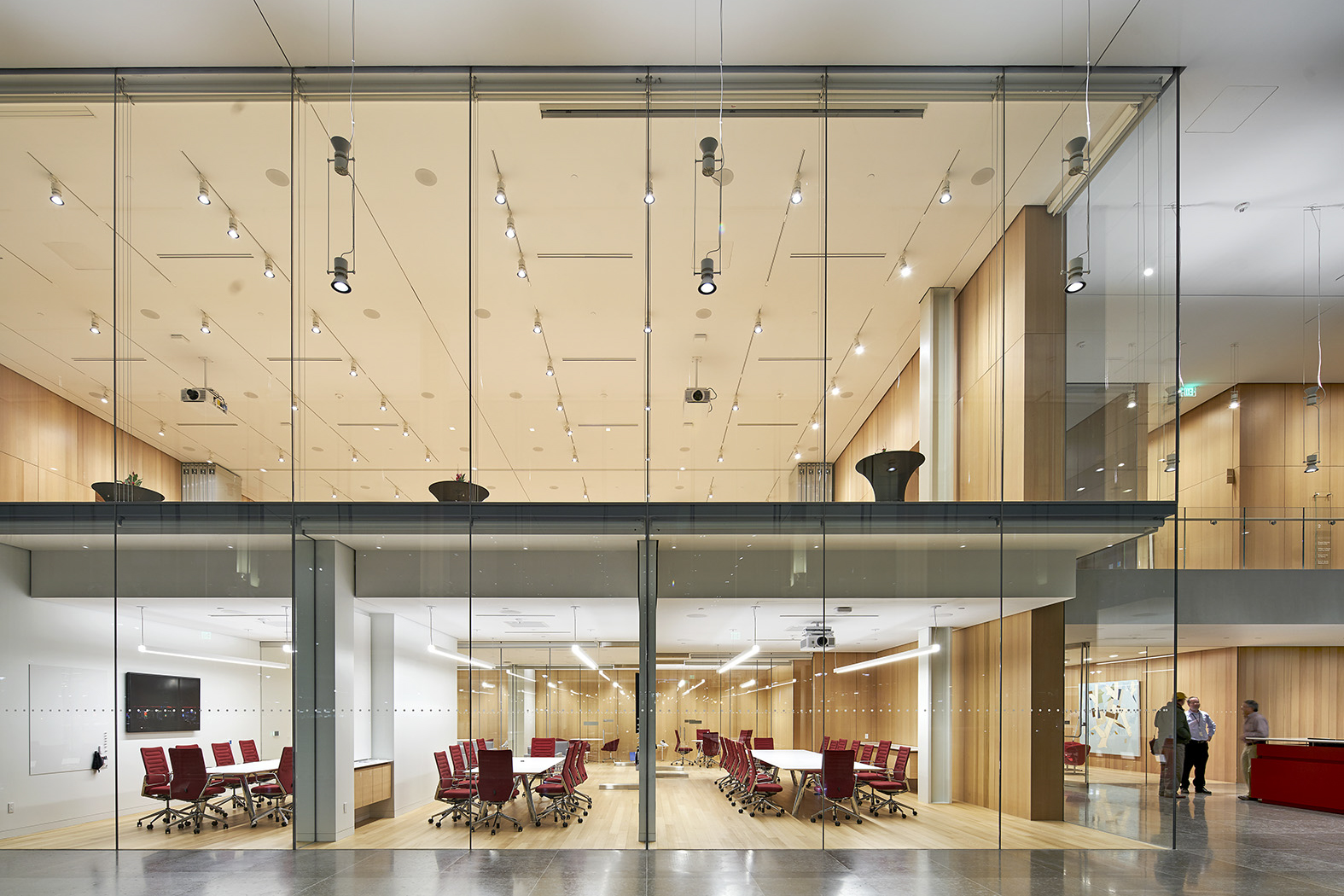
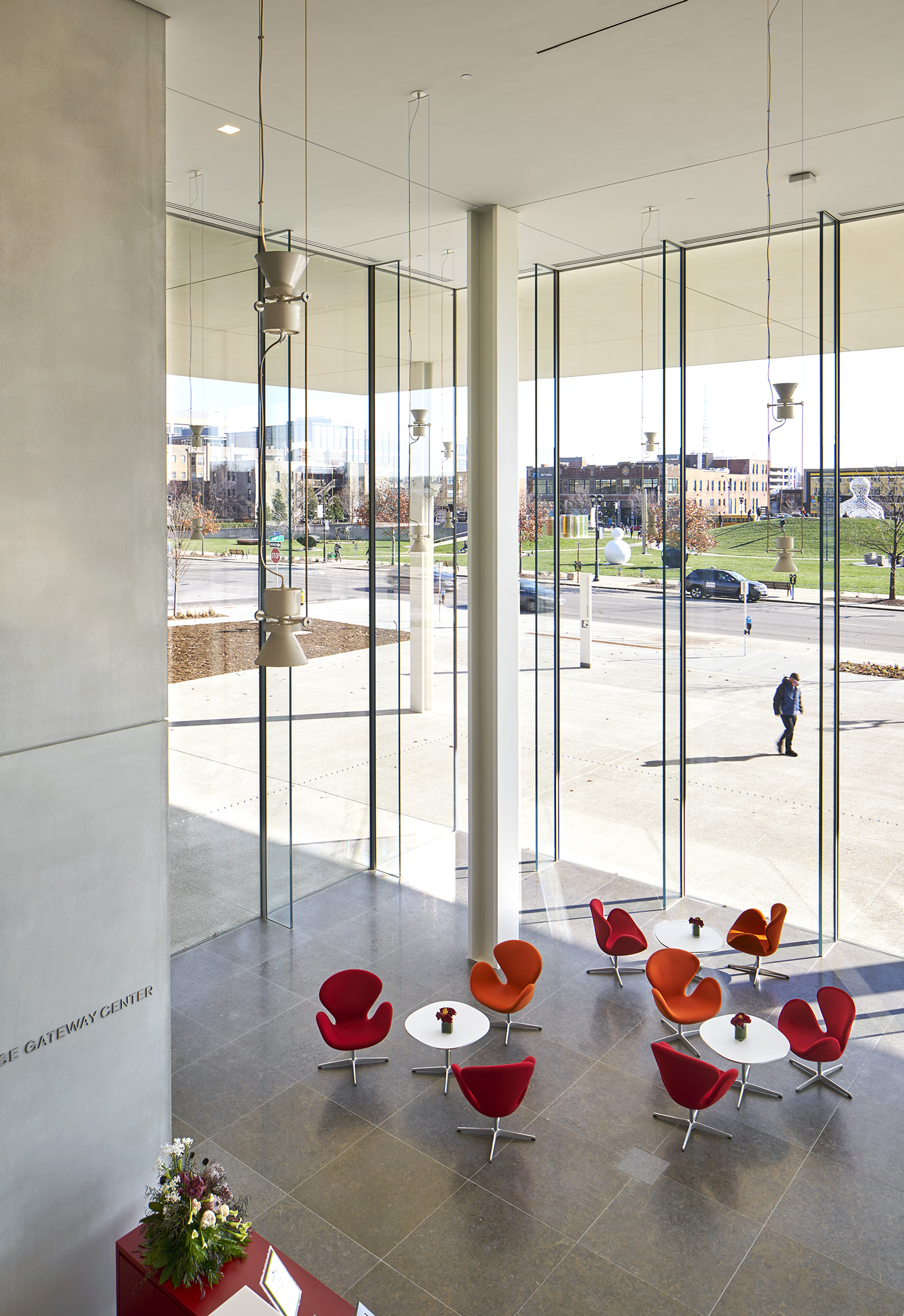
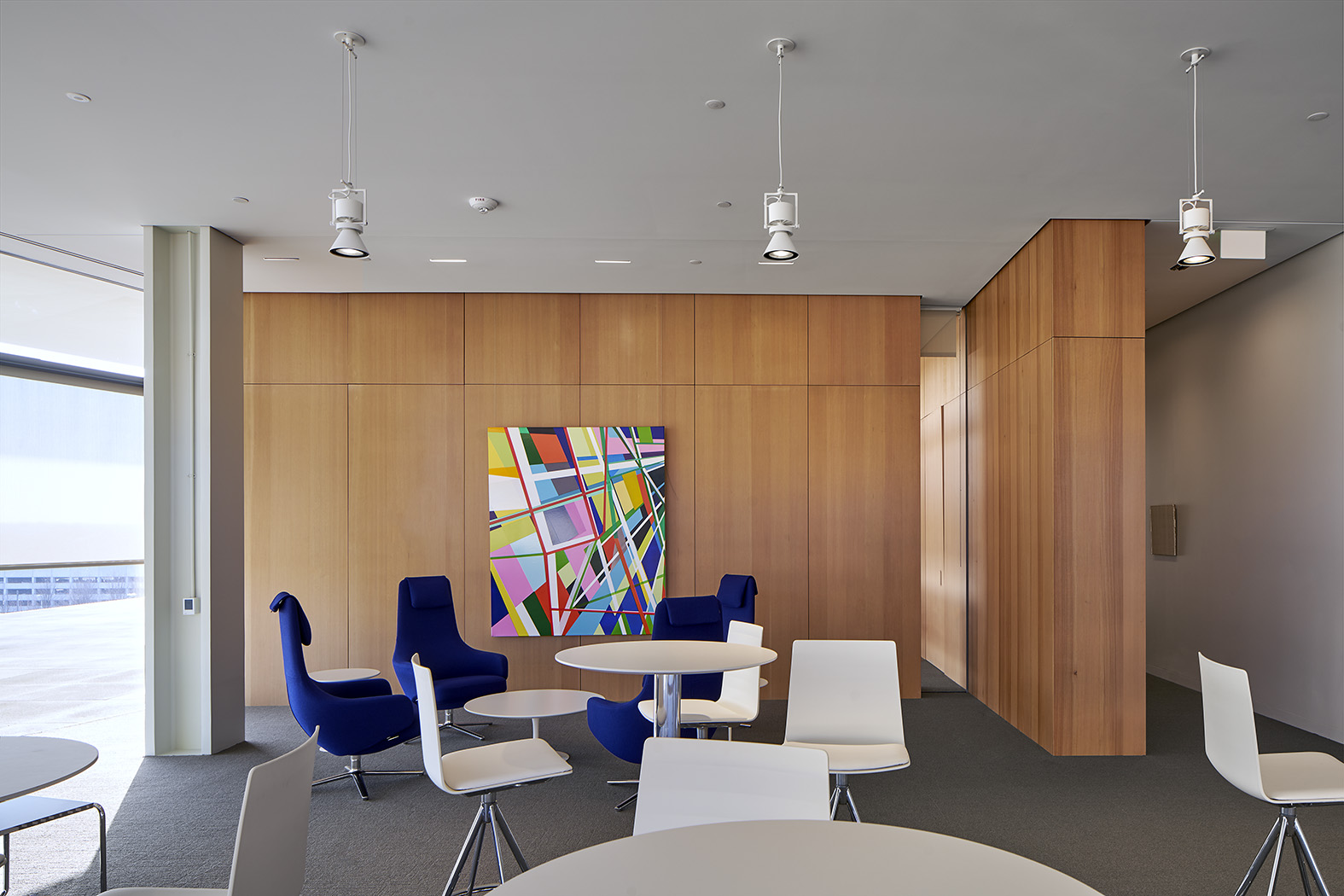

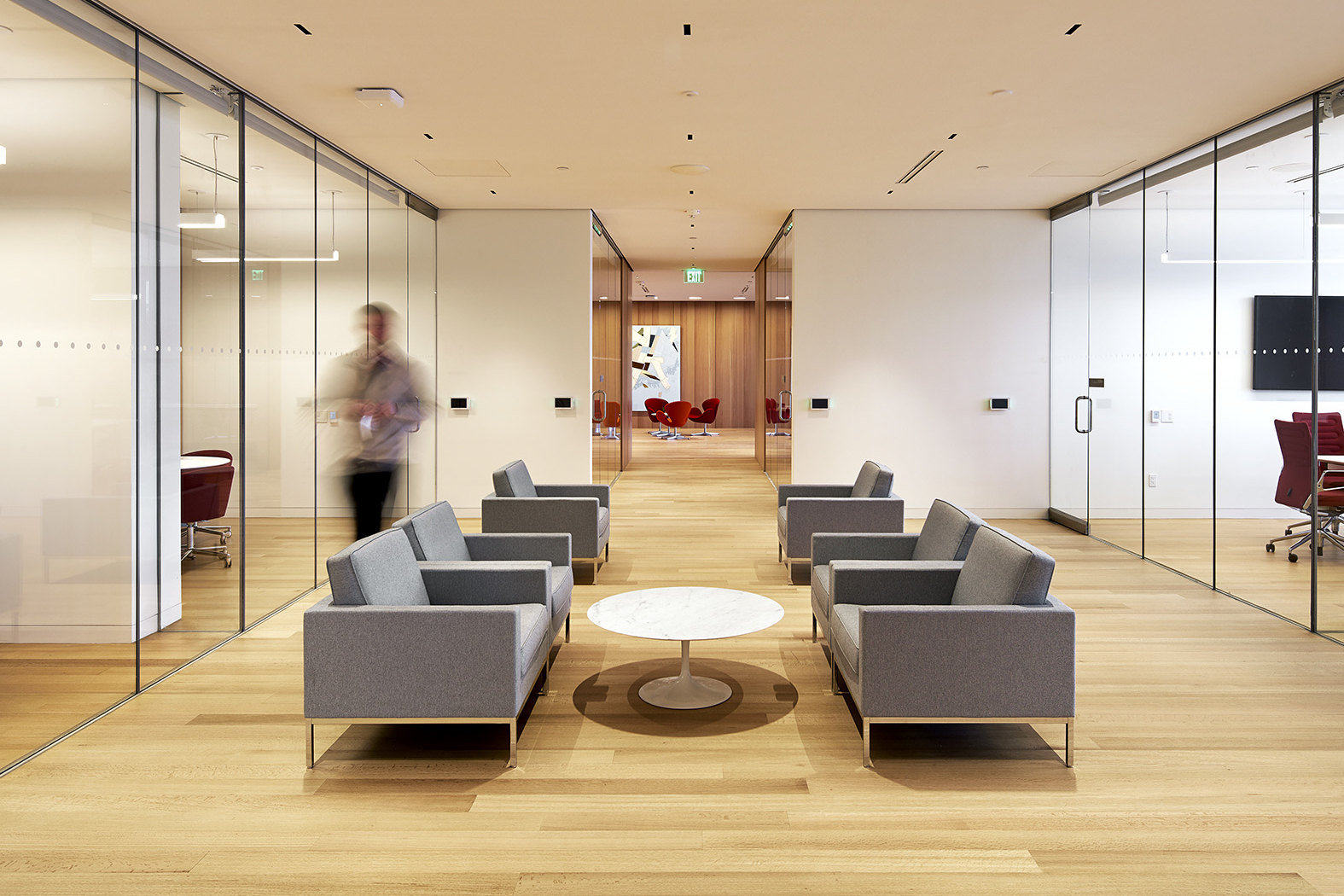
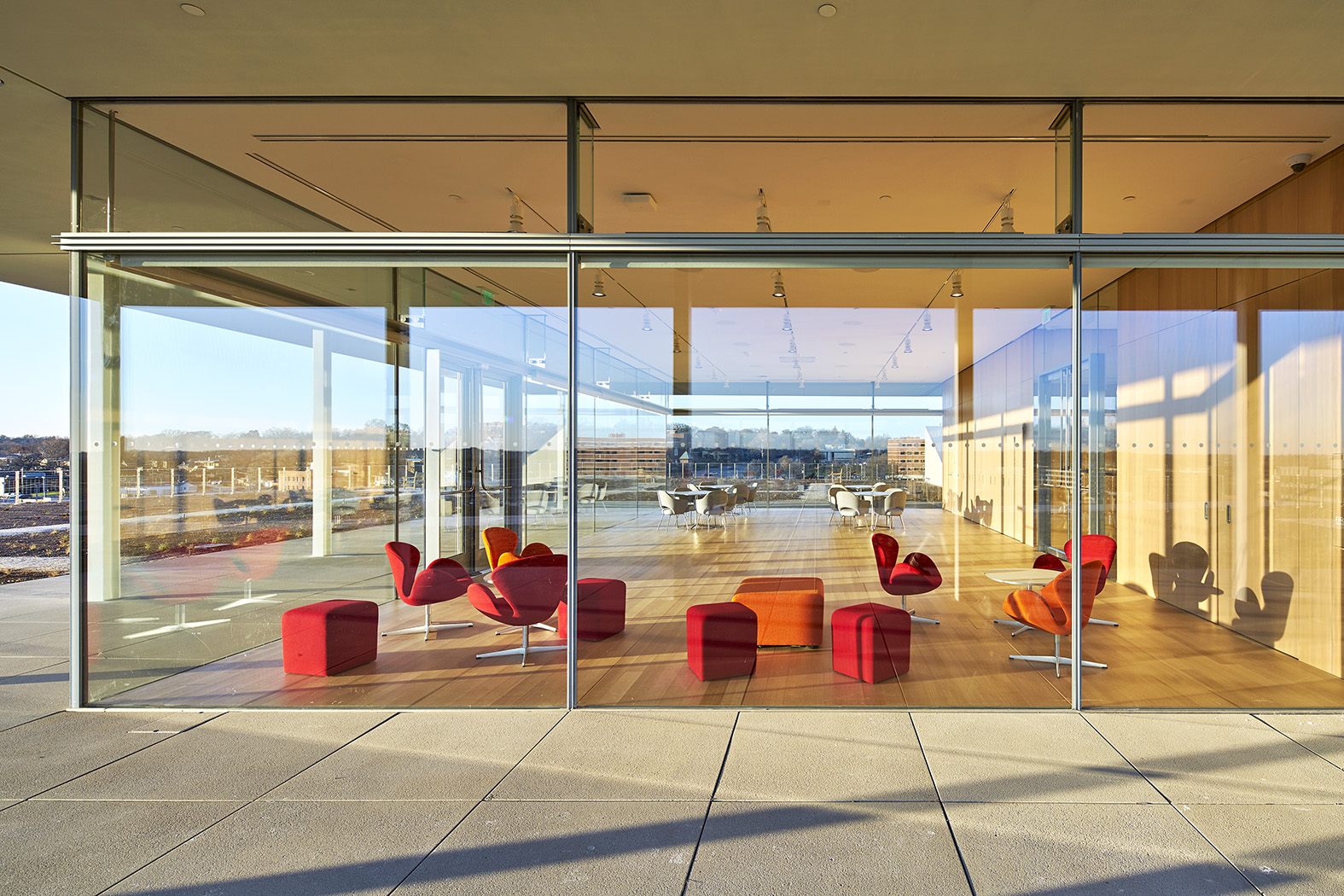
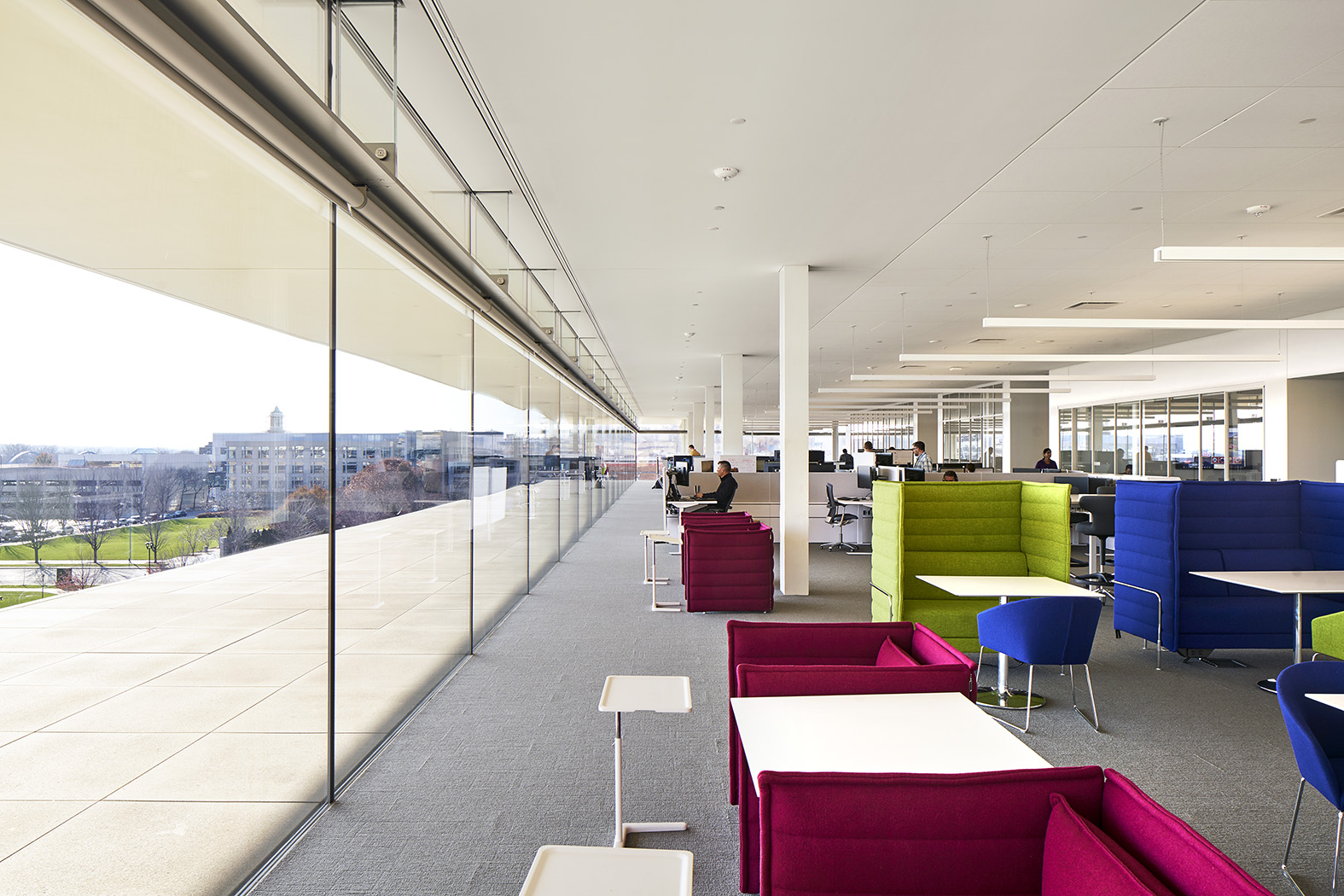
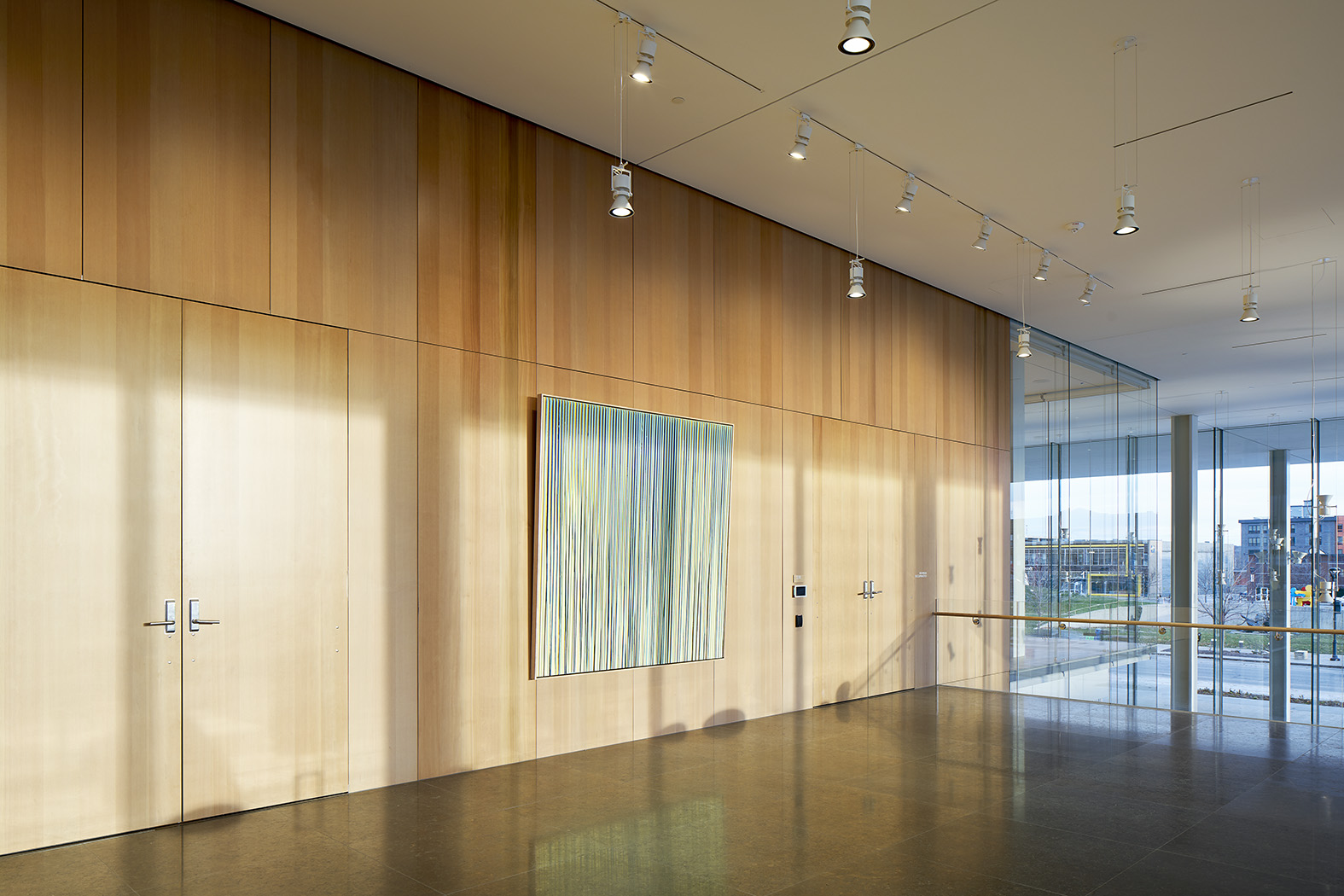
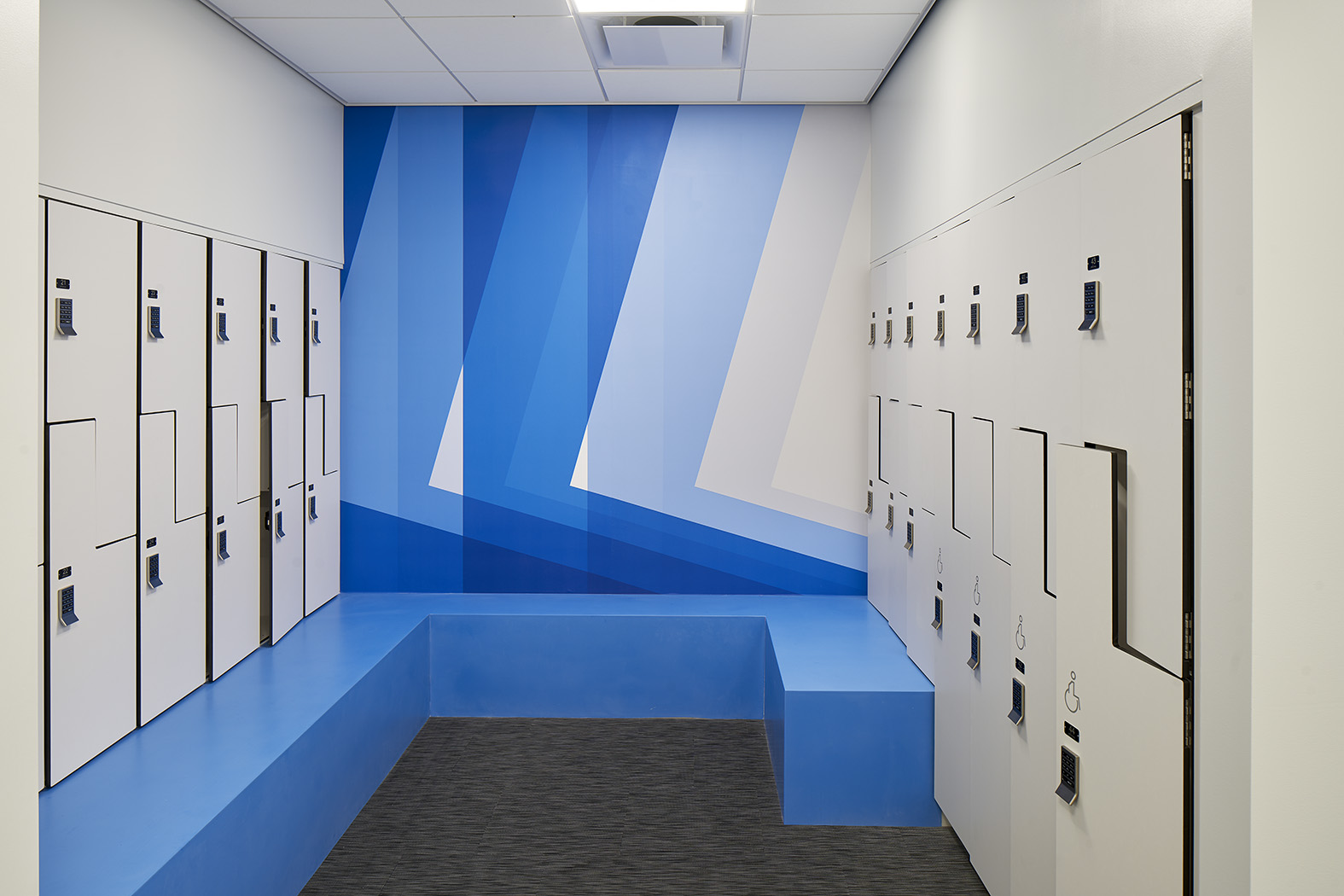
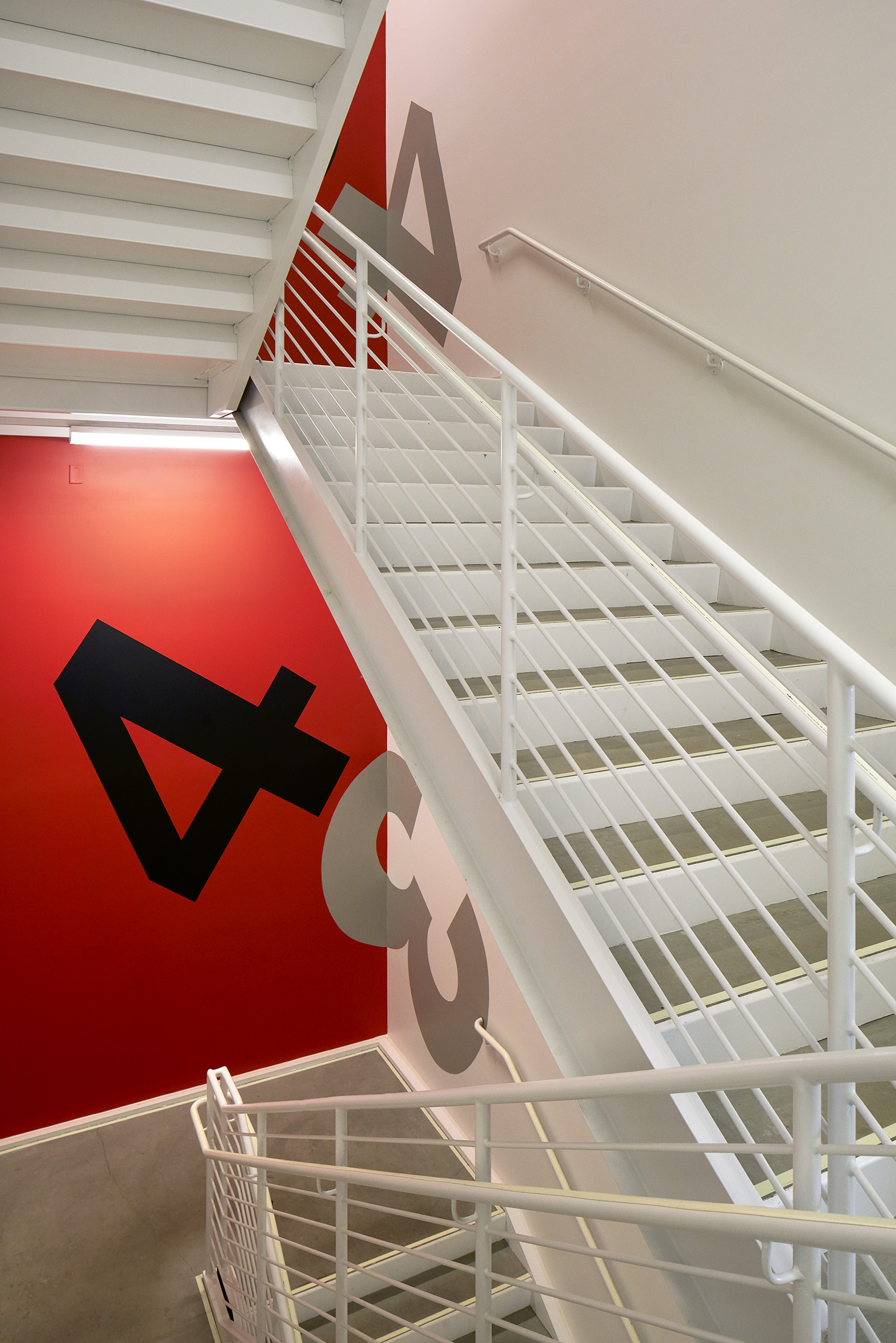
 Discover More
Discover More

